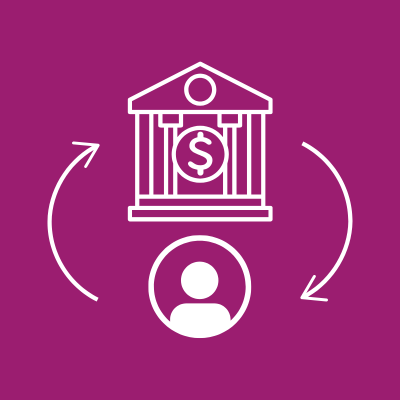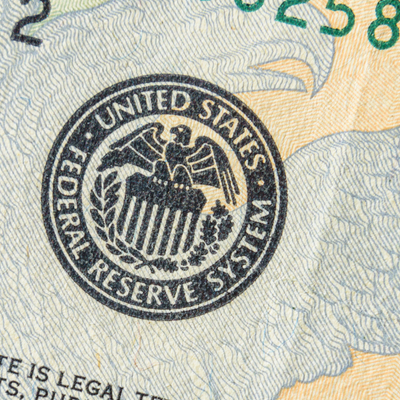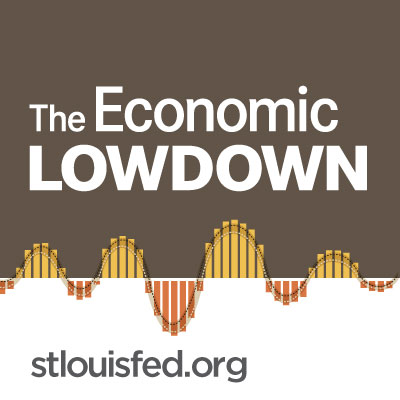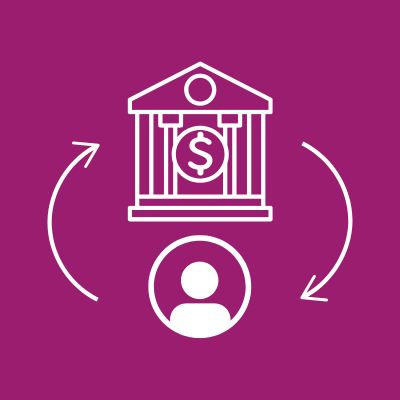Teaching the New Tools of Monetary Policy
Resources for teaching the Fed's monetary policy tools in an ample-reserves framework.
{{searchResultSnippet}}
 Back to All
Back to All

In this video, Ben Bernanke, Chairman of the Board of Governors of the Federal Reserve System (2006-2014), discusses the Federal Reserve's actions during the Great Depression.
The Federal Reserve contributed to the Great Depression in a couple of ways. First of all, the Fed was slow to ease monetary policy, to use monetary policy to provide support for the economy. Instead, by keeping monetary policy tight for too long, the Fed allowed prices actually to fall. There was a period of deflation, where prices were falling very sharply, which turned out to be a very negative thing for the economy. So, monetary policy was too tight, too long, was not supportive of the economy, to not keep prices stable the way you know we are mandated to do it today. The other mistake or problem that the Federal Reserve made in the 1930s was that it didn't do enough to protect the stability of our financial system. There was a global financial crisis in the late 20s and early 30s. In the United States, about third of all the banks, thousands of banks in the United States failed. They collapsed and went bankrupt. People lost their money because we didn't have deposit insurance protecting people's deposits in the banks. The banks were not available to make loans, and that collapse of the banking system was a major factor explaining why the Depression was as deep and as long as it was. And it was very, very severe. Unemployment reached about 25% in 1932, and it was not until World War II began in 1941 that the economy really began to fully recover.

Teaching the New Tools of Monetary Policy
Resources for teaching the Fed's monetary policy tools in an ample-reserves framework.

Making Sense of the Federal Reserve
Introduce the structure of the Federal Reserve and the basics of monetary policy.

Fiscal & Monetary Policy
Define fiscal and monetary policy and highlight their differences.

Lecture Guide: How the Federal Reserve Implements Monetary Policy
This lesson teaches how the Federal Open Market Committee (FOMC) conducts monetary policy.

Econ Lowdown Podcast Series
21 Economics audio assignments for your classroom

Jargon Alert: Helicopter Money
Learn about a tool to stimulate economies and fight deflationary pressures.

Boom Times and Bubbles: The Internet Age
Learn about the Monetary Control Act of 1980.

Central Banking
Learn the basics parts a central bank.

Creation of the Federal Reserve
Learn about banking panics, recessions, and depressions in the U.S. during the 1800s.

Inflation, Deflation, and Disinflation
Learn the differences between inflation, deflation, and disinflation.

Inflation, the Fed, and You
Learn what causes inflation.

Introduction to the Federal Reserve
Introduce the Fed’s three main functions.

Monetary Policy Fed and You
See how the Fed conducts monetary policy.

Money Versus Barter
Learn how money solves problems created by barter systems.

Price Stability
Learn the importance of price stability.

Stagflation in the 1970s
How did Federal Reserve Chairman Paul Volcker contain inflation, spurred economic growth, and reduced unemployment?
{{resourceTitle}}
{{resourceBlurb}}